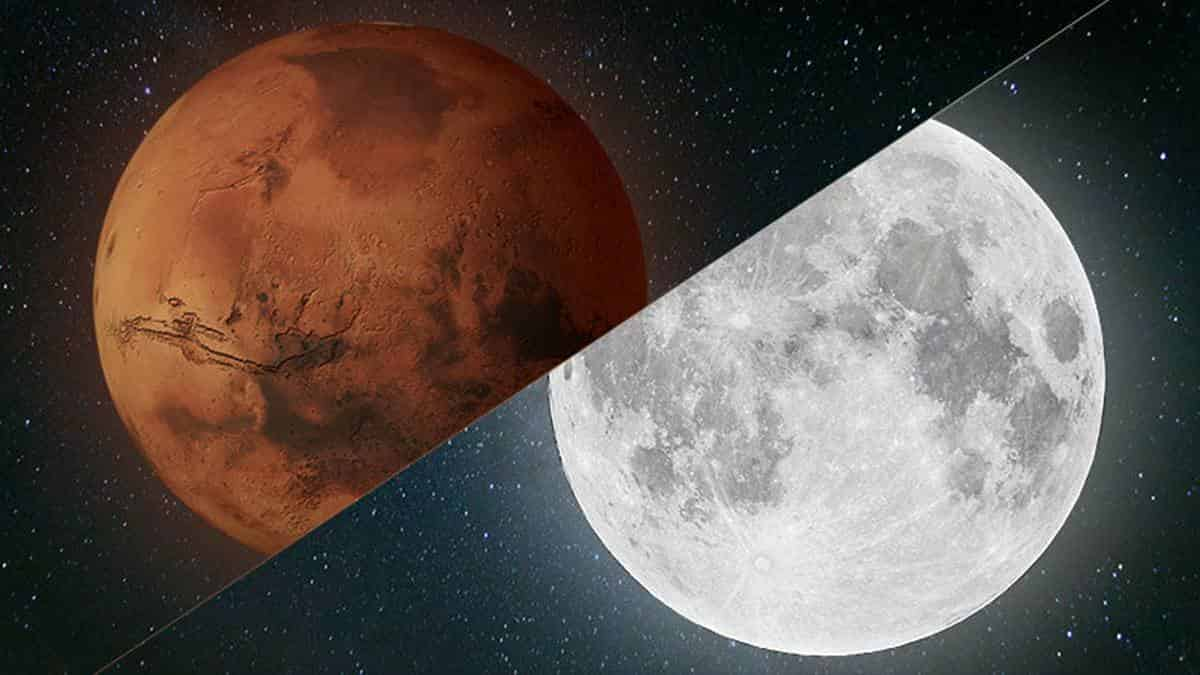Is the US looking to build Nuclear Power Reactors on the moon and mars?

The U.S. needs to construct atomic power plants that will chip away at the moon and Mars, and on Friday put out a solicitation for thoughts from the private sector on the best way to do that.
The U.S. Division of Energy put out the conventional solicitation to manufacture what it calls a splitting surface force framework that could permit people to live for extensive stretches in brutal space conditions.
The Idaho National Laboratory, an atomic exploration office in eastern Idaho, the Energy Department and NASA will assess the thoughts for building up the reactor.
The lab has been driving the path in the U.S. on cutting edge reactors, some of them miniaturized scale reactors and others that can work without water for cooling. Water-cooled atomic reactors are most by far of reactors on Earth.
“Little atomic reactors can give the force ability important to space investigation missions important to the Federal government,” the Energy Department wrote in the notification distributed Friday.
The Energy Department, NASA and Battelle Energy Alliance, the U.S. contractual worker that deals with the Idaho National Laboratory, plan to hold an administration industry webcast specialized gathering in August concerning desires for the program.
The arrangement has two stages. The first is building up a reactor structure. The second is building a test reactor, a subsequent reactor be sent to the moon, and building up a flight framework and lander that can ship the reactor to the moon. The objective is to have a reactor, flight framework and lander all set before the finish of 2026.
The reactor must have the option to create a continuous power yield of in any event 10 kilowatts. The normal U.S. private home, as indicated by the U.S. Vitality Information Administration, utilizes around 11,000 kilowatt-hours out of every year. The Energy Department said it would almost certainly take various connected reactors to address power issues on the moon or Mars.
What’s more, the reactor can’t gauge in excess of 7,700 pounds (3,500 kilograms), have the option to work in space, work for the most part self-sufficiently, and run for in any event 10 years.
The Energy Department said the reactor is planned to help investigation in the south polar district of the moon. The office said a particular district on the Martian surface for investigation has not yet been distinguished.
Edwin Lyman, chief of Nuclear Power Safety at the Union of Concerned Scientists, a charitable, said his association is concerned the boundaries of the plan and timetable make the most probable reactors those that utilization exceptionally advanced uranium, which can be made into weapons. Countries have by and large been endeavoring to decrease the measure of enhanced uranium being created thus.
“This may drive or start a global space race to manufacture and convey new sorts of reactors requiring profoundly enhanced uranium,” he said.
Not long ago, the United Arab Emirates propelled an orbiter to Mars and China propelled an orbiter, lander and meanderer. The U.S. has just landed meanderers on the red planet and is wanting to send another one week from now.
Authorities state working an atomic reactor on the moon would be an initial step to building a changed form to work in the various conditions found on Mars.
“Idaho National Laboratory has a focal job in stressing the United States’ worldwide administration in atomic development, with the foreseen exhibit of cutting edge reactors on the INL site,” John Wagner, partner lab executive of INL’s Nuclear Science and Technology Directorate, said in an announcement. “The possibility of sending a propelled reactor to the lunar surface is as energizing as it is testing.”


